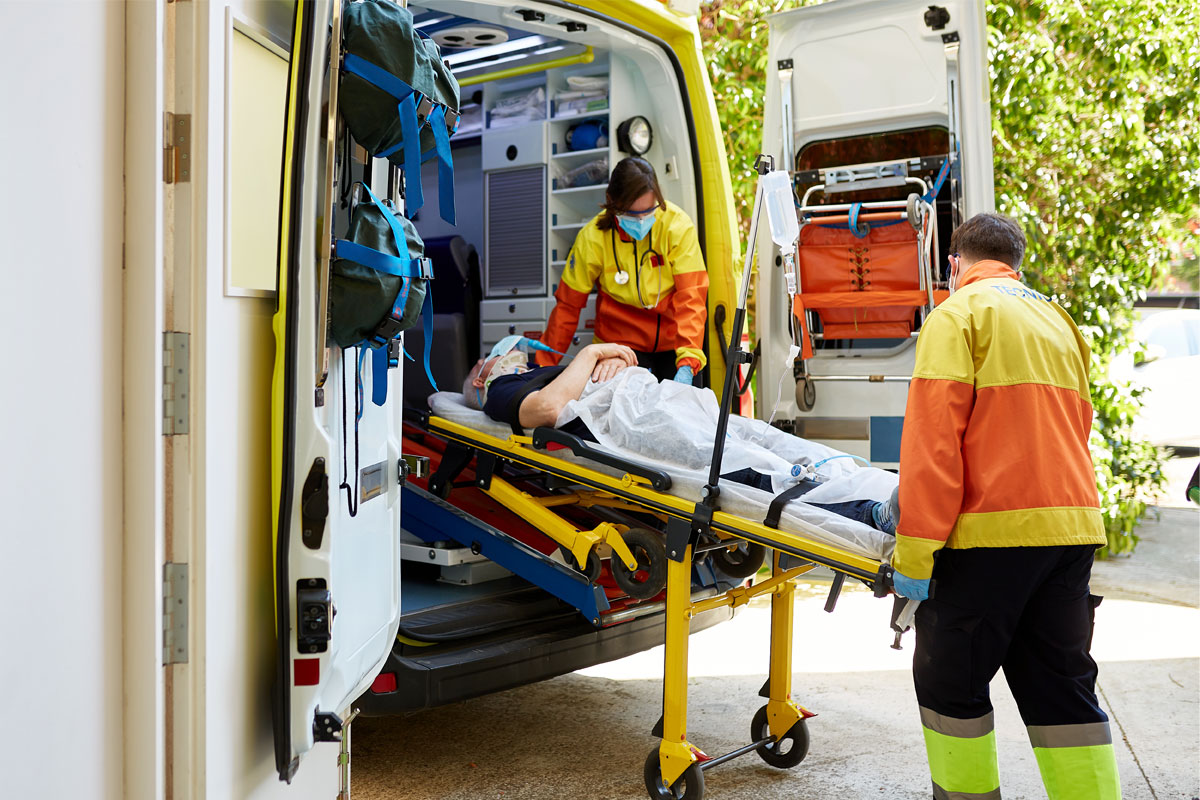EMS stands for Emergency Medical Services. This term refers to healthcare professionals who answer emergency calls and care for and transport people in health emergencies. Emergency medical professionals treat a wide range of patients in life-threatening situations, from car accidents and drownings to heart attacks, strokes, overdoses, trauma, and mass casualties.
EMS units work for private services, hospitals, municipalities, and firefighters operating by ambulance. Paramedics are often placed in places where there is a high risk of accidents or health crises, such as ski resorts, professional sporting events, and hazardous workplaces. Click here for more info regarding emergency medical services in Kenya.

Image Source: Google
Emergency Medicine: What Does EMTS Do?
There are many requirements to become an EMT. Basic EMT is the most basic level of EMT training, but it allows doctors to perform important life-saving functions such as stopping bleeding, treating burns, performing CPR, and stabilizing spinal and neck fractures. To become a Basic EMT, you need specialized Basic Life Support (BLS) training, which takes about six months on average.
EMS is also used to transport patients in non-emergency situations when patients require critical care while moving from one medical facility to another. In these cases, a trained physician, or emergency nurse provides medical care, including tasks such as maintaining an infusion pump, controlling the ventilator, monitoring the aortic balloon pump, monitoring the heart, and other important functions.
Emergency Medical Services is a key player in maintaining the health and safety of our communities.

